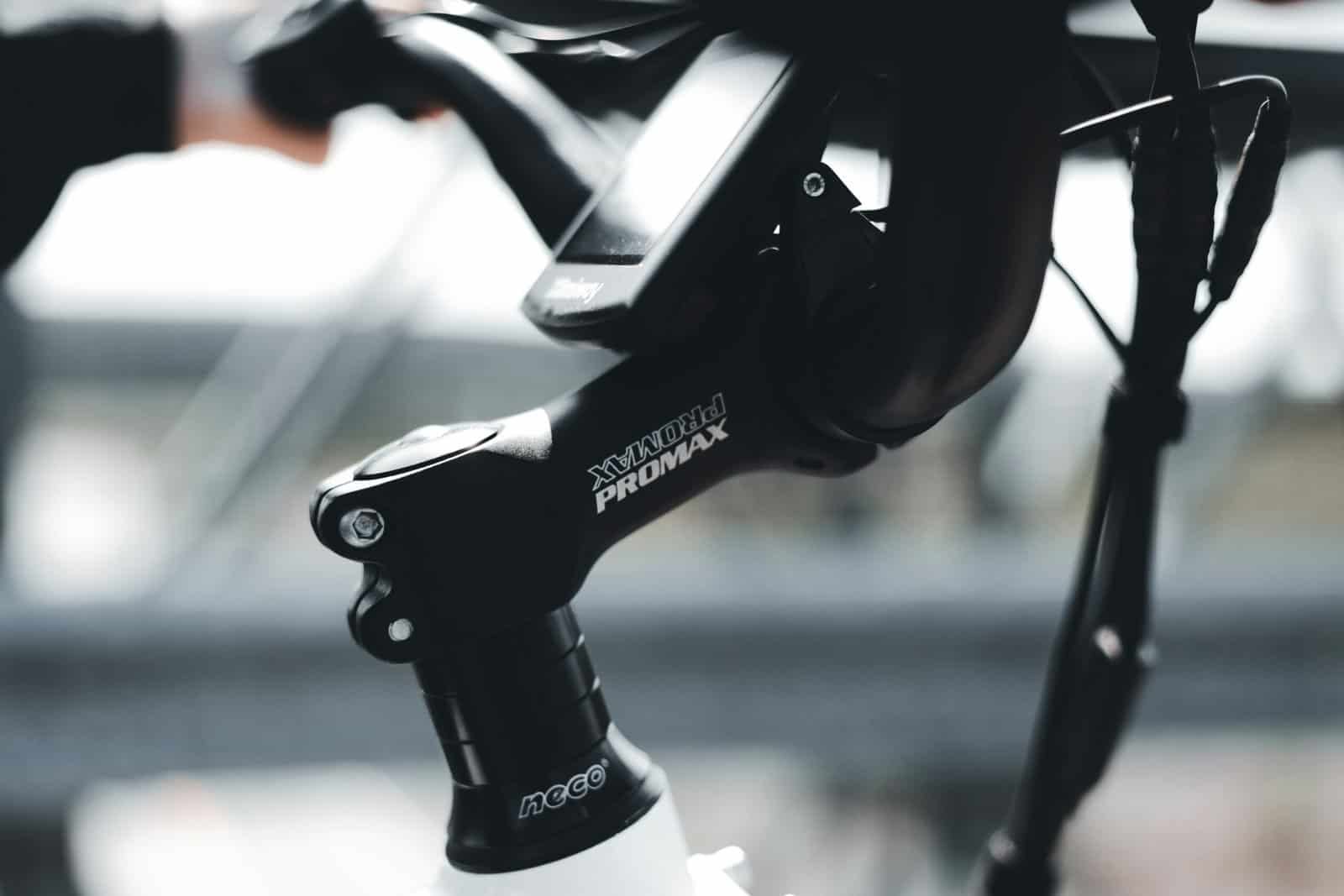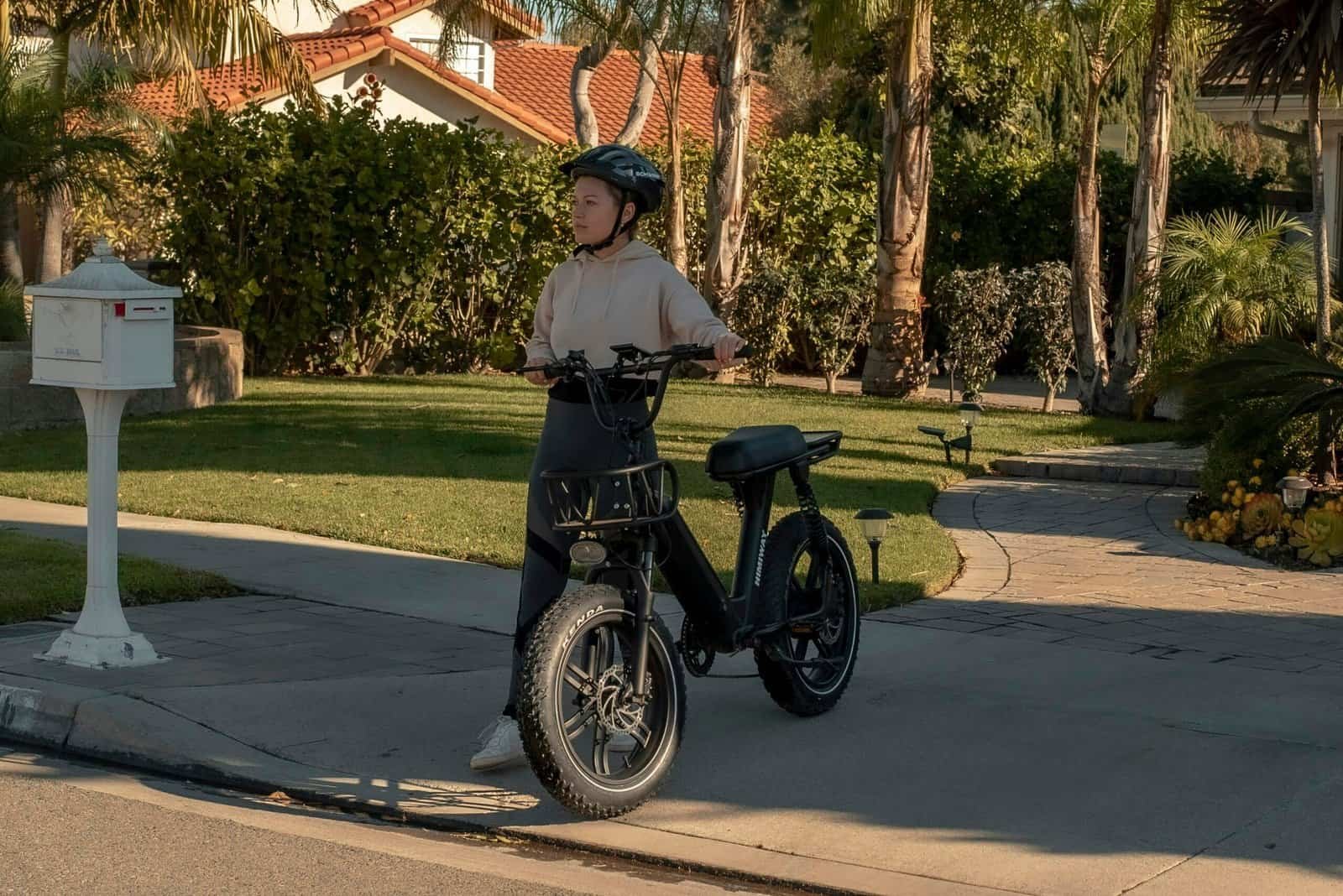Have you ever zipped through your neighborhood on an electric bike and wondered about the rules governing this activity? With their growing popularity as an efficient and eco-friendly mode of transportation, electric bikes—or e-bikes—are a common sight in residential areas. Given their silent operation, ease of use, and the fun factor, it’s no wonder more people are embracing them. However, like any vehicle, there are rules and regulations you should be aware of to ensure you’re riding safely and legally.

Understanding Electric Bikes
E-bikes come in various shapes and sizes, but they all share the same basic feature: a motor that assists with pedaling. This motor can significantly reduce the effort required to traverse long distances or tackle steep hills, making e-bikes a practical option for commuting and leisure.
Types of Electric Bikes
To understand the regulations that might apply to e-bikes, it’s essential to distinguish the three main e-bike classes:
Class 1: These e-bikes have a motor that assists the rider only when pedaling and ceases to assist when the e-bike reaches 20 mph.
Class 2: Class 2 e-bikes feature a throttle-powered motor that can propel the bike without pedaling up to 20 mph.
Class 3: These e-bikes assist the rider while pedaling until they reach 28 mph. They are often equipped with additional safety features due to their higher speed capabilities.
Understanding which class your e-bike falls into can help you determine the specific regulations applicable in your area.
Why Are E-Bike Restrictions in Place?
Regulations for e-bikes often arise from concerns about safety, noise, and environmental impact in residential areas. Since e-bikes can be faster and heavier than traditional bicycles, they may present unique risks to pedestrians and other cyclists. Therefore, rules are often put in place to minimize these risks while promoting harmonious coexistence among all road users.
Safety Concerns
Despite their benefits, e-bikes can pose certain dangers when not used responsibly. The speed and weight of some e-bikes make them potentially hazardous in crowded or narrow spaces. Ensuring you are aware of your surroundings and adhere to speed limits can help mitigate these risks.
Legal and Environmental Considerations
While e-bikes are generally more environmentally friendly than cars, concerns about their impact in residential settings still exist. Laws often aim to balance the benefits of e-bikes—such as reducing traffic congestion and emissions—with maintaining the tranquility and safety of neighborhoods.
Federal vs. Local Regulations
Navigating e-bike laws can be complex, as regulations vary significantly between federal and local levels. Understanding the distinctions is crucial to ensuring you’re compliant with the laws that apply to you.
Federal Regulations
In the U.S., the Consumer Product Safety Commission (CPSC) provides a baseline definition for e-bikes that fall under the term “low-speed electric bicycles.” These e-bikes should have fully operable pedals, an electric motor of less than 750 watts (1 HP), and a top-powered speed of less than 20 mph when operated solely on the motor.
State and Local Laws
However, e-bike laws are not uniform across all states or localities. States generally have the leeway to set more specific regulations regarding e-bike usage. These can include regulations about where you can ride, age restrictions, helmet requirements, and other safety concerns. For instance, some states might restrict e-bike usage on sidewalks or require additional features like lights or bells.
Common Restrictions in Residential Areas
When it comes to residential neighborhoods, certain rules frequently appear across different jurisdictions. While these can vary, let’s look at some common restrictions you might encounter.
Speed Limits and Designated Areas
Many neighborhoods impose speed limits on e-bikes similar to those for regular bicycles. Staying under these limits can help prevent accidents and disturbances. Additionally, you might find designated bike lanes or paths instituted to help separate cyclists from pedestrian traffic, promoting safer usage for everyone.
Age Restrictions and Licensing
It’s not uncommon for states to enforce minimum age requirements for operating e-bikes, particularly those in classes 2 and 3. There might also be licensing requirements, primarily if your e-bike resembles a motor vehicle in its power and speed.
Helmet Use and Safety Gear
Helmets and safety gear are often mandated, especially for younger riders. This rule aims to reduce the risk of injury in case of falls or collisions. Whether or not it’s required by law, wearing a helmet is always a good idea.
Restrictions Specific to Property Owners’ Associations
If your residence is part of a neighborhood or homeowners’ association, additional rules may apply. Some associations set specific guidelines or restrictions on e-bike use within the community to preserve the neighborhood’s tranquility and safety. These rules can include approved routes, speed restrictions, or designated parking areas for e-bikes.

Enforcement and Penalties
Understanding possible enforcement actions and penalties is essential for compliant and responsible e-bike use. These measures ensure that everyone operates within the set guidelines for safety and fairness.
Ways Restrictions Are Enforced
Law enforcement agencies actively monitor compliance in most areas, ensuring that e-bike users adhere to traffic laws and local regulations. In some neighborhoods, especially gated communities, security personnel or neighborhood watch groups may also enforce e-bike restrictions.
Penalties for Non-compliance
Failing to comply with e-bike laws can lead to penalties, which might include fines, mandatory safety courses, or even points on your driving record if your state classifies certain e-bike offenses similar to motor vehicle violations. For severe violations, e-bike confiscation could also occur until certain conditions are met.
How to Stay Informed
Staying informed about the rules and regulations is important as they can change or be updated. Here are some important ways to keep up with any changes in e-bike usage policies:
Checking Local Government Websites
Monitor your local government or city transportation department’s website for updates and announcements regarding e-bike regulations. These sites typically provide official information on any changes in policy or new rules introduced.
Joining Community Forums and Groups
Engaging with local cycling groups or forums can be a valuable resource for learning about experiences and recent updates regarding e-bike use in your area. Fellow users often share insights and tips that may not be readily available through official channels.
Consultation with Local Authorities
When unsure, it’s always wise to directly contact local authorities, such as law enforcement or neighborhood associations, to clarify any doubts. This approach is beneficial if you’re considering purchasing an e-bike or planning to upgrade your current one.

The Benefits of Complying with Regulations
Abiding by the rules doesn’t just help you avoid penalties—it brings several benefits that enhance your riding experience and contribute positively to your community.
Enhancing Personal Safety
Compliance with set regulations ensures that you’re using your e-bike safely. Sticking to speed limits, wearing the necessary safety gear, and using designated paths reduces your risk of accidents, keeping you and others safe.
Improving Neighborhood Harmony
By following the rules, you’re contributing to a peaceful community environment. This cooperation helps foster positive relations with your neighbors and bolsters the overall acceptance of e-bikes in your area.
Promoting Sustainable Transport
By adhering to legal guidelines, you set a positive example and promote e-bike use as a sustainable transportation mode. This advocacy can lead to better infrastructure and more support for cycling initiatives in your community.
Conclusion
As the presence of e-bikes in residential neighborhoods continues to grow, understanding and adhering to the relevant regulations becomes crucial. While these rules might seem restrictive, they’re designed to ensure safety, environmental balance, and community well-being. Before you embark on your next e-bike journey, make sure you’re familiar with your local regulations, so you can enjoy your ride responsibly and worry-free. Whether you’re commuting to work, running errands, or exploring your neighborhood, staying informed about e-bike restrictions can provide a smoother and more enjoyable experience for everyone involved.


